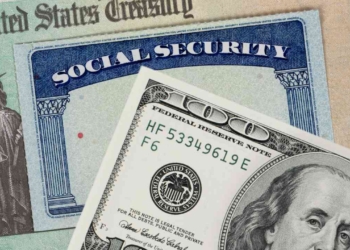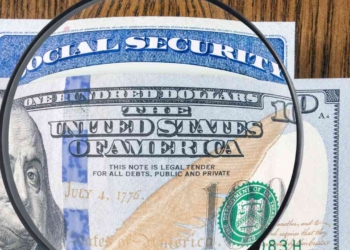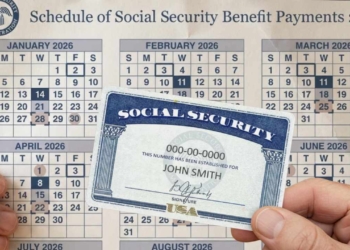U.S. Senator Josh Hawley (R-MO) introduced a legislation bill on July 28, 2025, called the American Worker Rebate Act. This initiative proposes to provide at least $600 per person to American taxpayers, including adults and each dependent child. The payment design emulates the stimulus checks distributed during the COVID-19 pandemic.
For a typical family of four, the minimum amount received would be $2,400. The bill contemplates that higher amounts could be distributed if tariff revenues during 2025 exceed initial projections. Hawley justifies the proposal by pointing out that the funds are already available without requiring new borrowing.
New stimulus checks could be distributed across the U.S.
The resources to finance these payments would come exclusively from tariffs collected under trade policies implemented during the Trump administration. By mid-2025, these tariffs had generated more than $150 billion, with June alone generating nearly $28–30 billion. These revenues represent a significant amount of federal capital.
Most fiscal analysts and lawmakers prefer to allocate tariff surpluses to reducing the national debt, which is estimated to be around $36–37 trillion. This alternative approach has bipartisan support in congressional budget committees. Using the funds for direct stimulus diverts resources from that priority objective.
A quick overview to the American Worker Rebate Act
The new legislative proposal aims to channel federal tariff revenue directly to American families. The American Worker Rebate Act would transform what its backers describe as a significant “tariff windfall” into periodic cash payments for U.S. households.
Unlike the stimulus checks funded by borrowing during the COVID-19 pandemic, this initiative would draw specifically from customs duties. According to figures from Senator Hawley’s office, tariff collections were substantial, nearing $30 billion for June 2025 alone, with projections suggesting total 2025 revenues could top $150 billion.
Who is eligible to receive these potential stimulus payments?
Under the proposal, recipients must be U.S. citizens or tax residents who claim dependent adults and children on their 2025 tax returns. People without regular immigration status would be excluded from the program. The mechanism replicates the verification criteria used for COVID-19 payments, but, obviously, the money comes from a completely different source, funded through different mechanisms.
The project establishes income thresholds that progressively reduce the benefit:
- $75,000 for singles
- $150,000 for joint couples
- $112,500 for heads of household
Those who exceed these limits will receive a partial refund, calculated by subtracting 5% of the excess above the corresponding threshold. This gradual reduction model seeks to prioritize middle- and low-income households.
If approved, the refund would operate as a refundable tax credit on the 2025 tax return, with possible advance payments later that year. Mass distribution would likely occur in 2026, administered by the IRS.
It should be noted that these stimulus checks are not part of the programs implemented during and after the pandemic, and while they could still stimulate local economies, some argue that they could increase the fiscal deficit, and the lack of majority bipartisan support could delay their approval and subsequent implementation.







